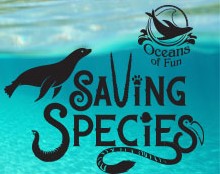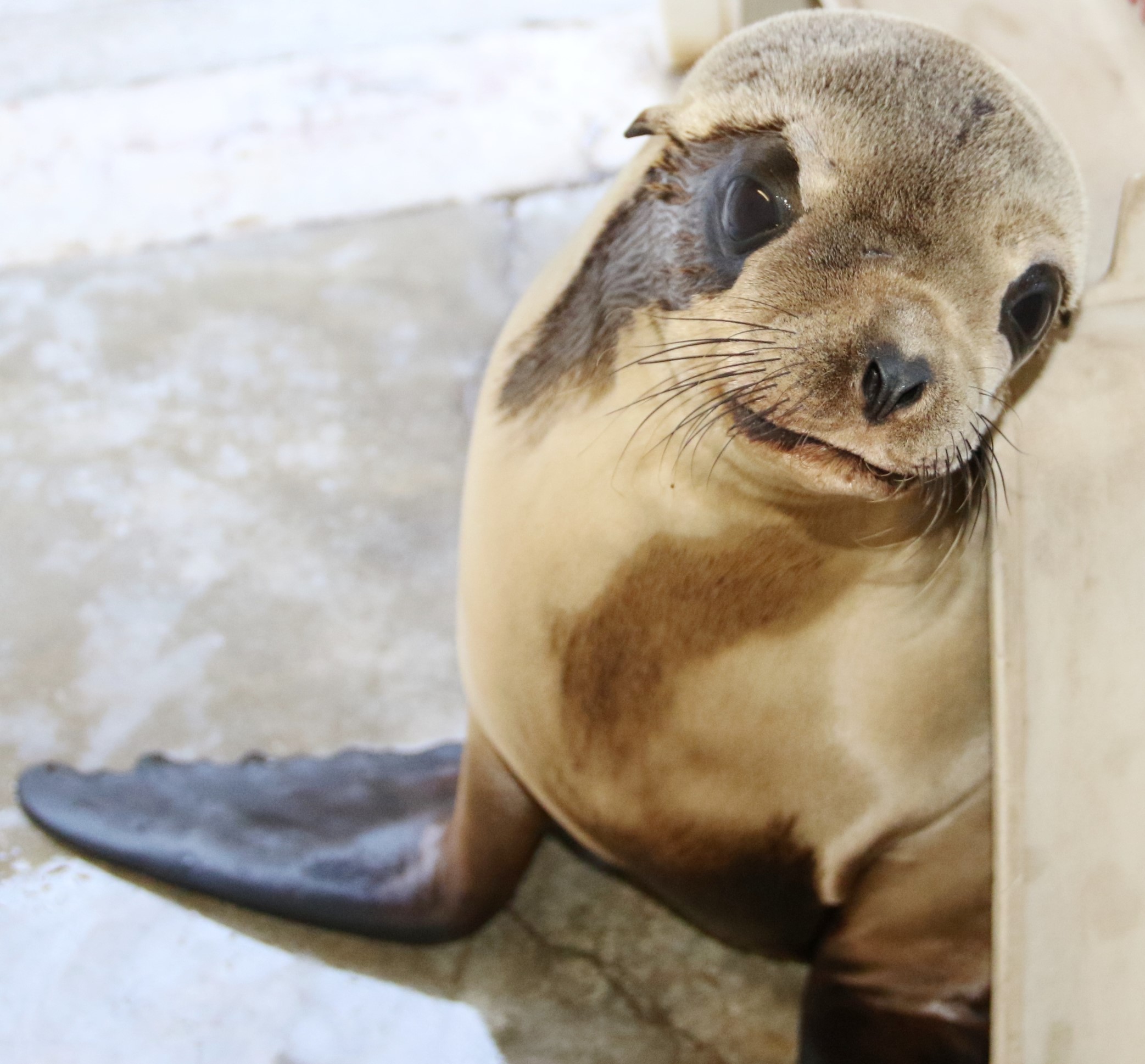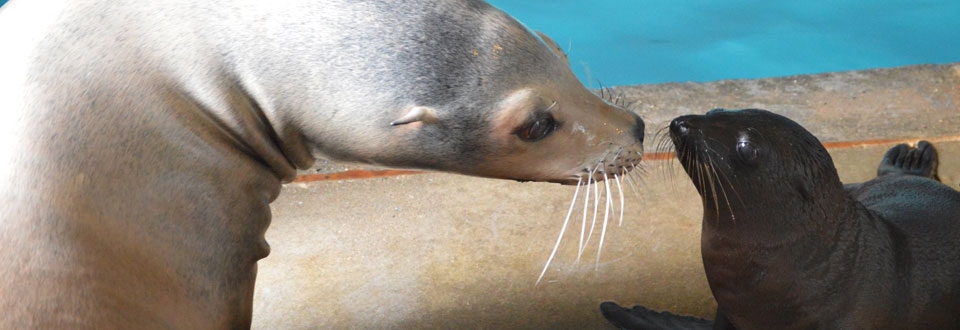
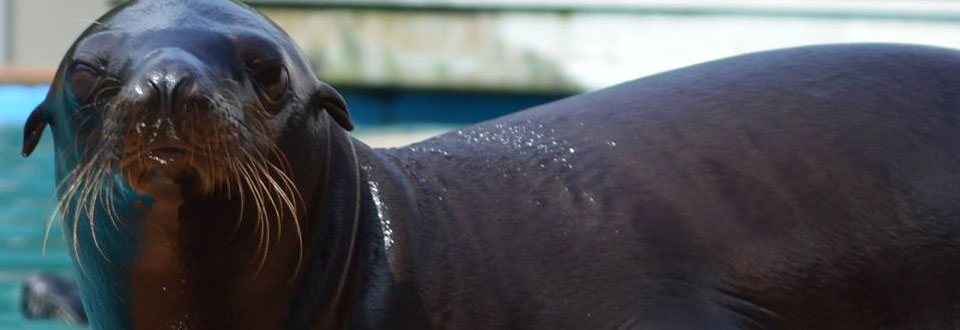
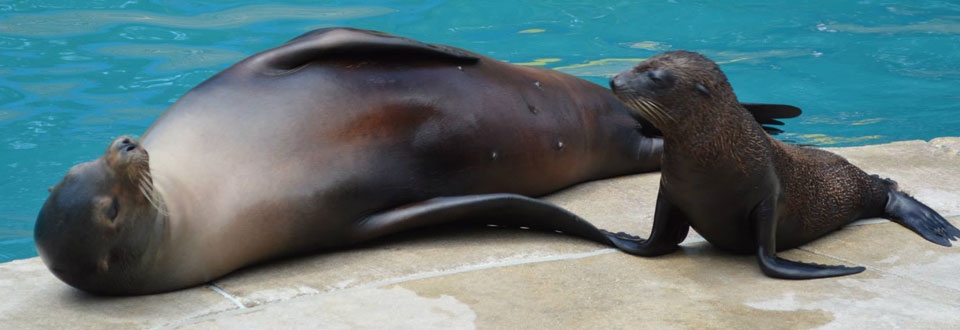
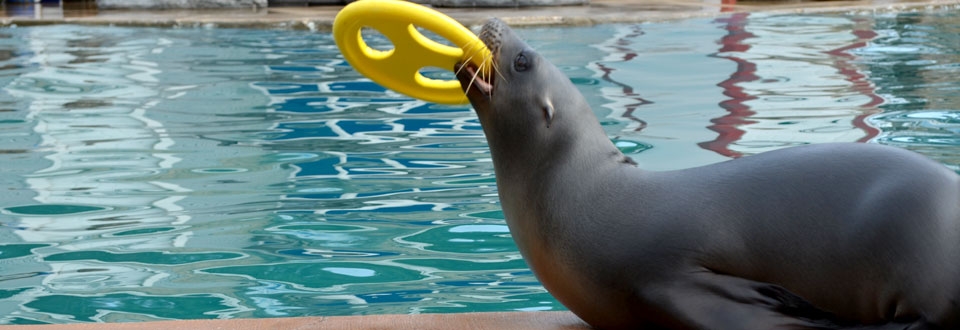
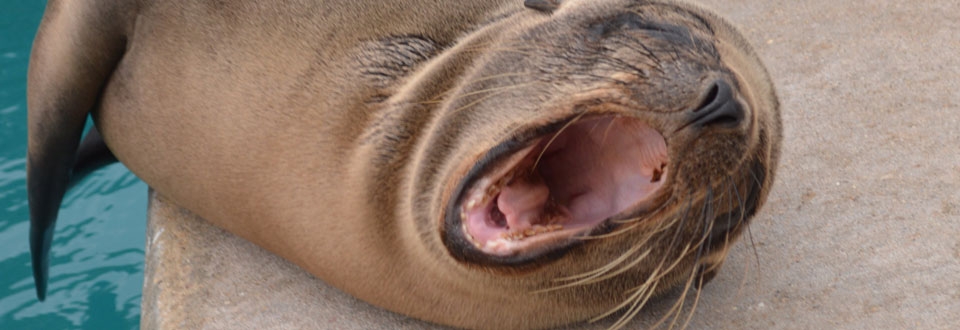
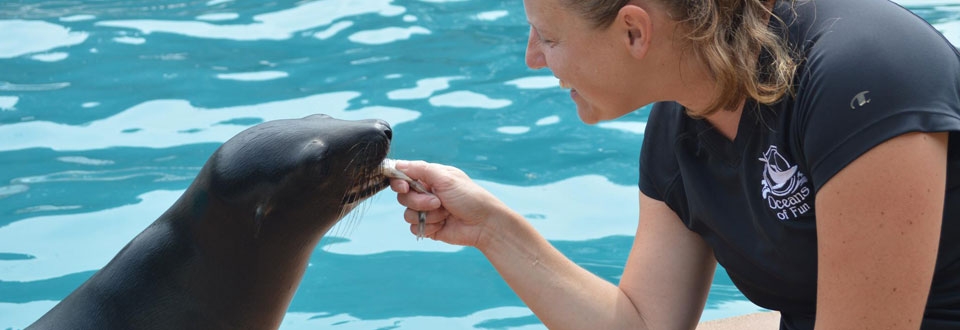
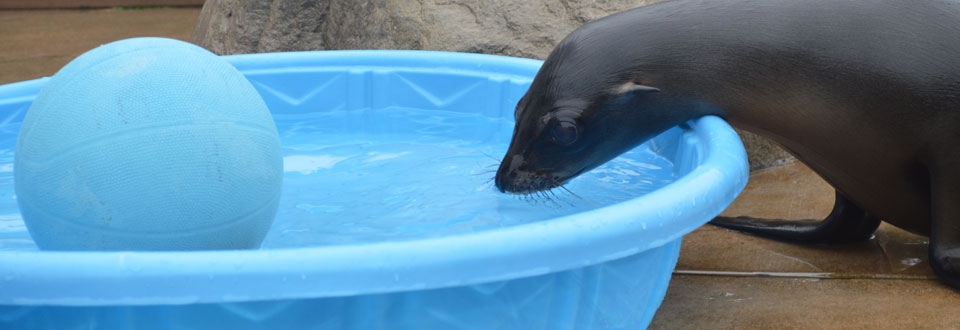
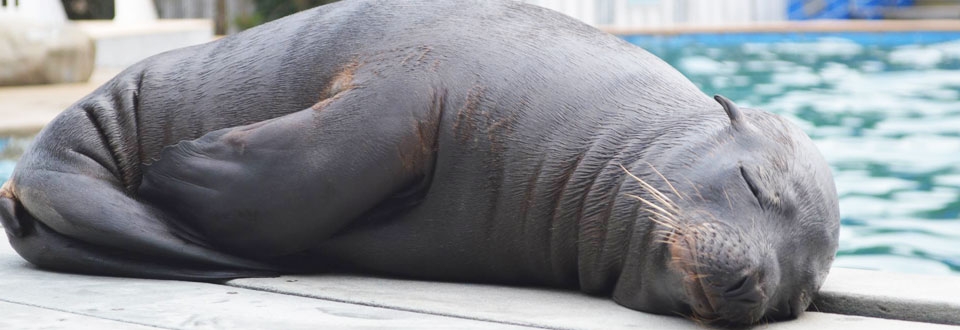
News Detail
Conservation Punta San JuanHealth Assessments 11/11/12
The last two days have been busy and full of wildlife experiences. Everywhere we look we are surrounded by incredible beautiful animals and scenery. The “flatland” is home to over 500,000 guanay cormorants and Peruvian pelicans which travel out to sea each morning to feed and return in the late afternoon. The cliffs and surrounding caves are home to curious penguins, many of whom currently have chicks. Lizards camouflage into the guano and bravely play with our bright colored equipment. Vampire bats hang deep in the caves, only coming out in the evenings, and pinnipeds are everywhere! The beaches are chosen by colonies of either fur seals or sea lions. Nurseries are established for pupping and large males compete continuously over territories. National Geographic could have months of material here!
The majority of the animals we are watching appear to be in good health. We have concentrated on the South American sea lions as our priority for the first couple of days. Although they are the largest animals, they also spook very easily. We scout beaches and have to approach the colony silently in order to be successful. If the sea lions catch sight or scent of us the entire colony may run to the water and delay our start for hours! Our goal is to dart a sleeping male high up on the beach with a tranquilizer. If we are silent and the colony does not startle, the darted male will wake briefly as the dart hits and then lie back down and doze back off. Once the drugs take effect and the animal is anesthetized we can proceed with his health assessment. Each animal we process is monitored closely while blood is collected and samples are obtained on their eyes, mouth, nasal cavity and genitals to evaluate overall health and exposure to diseases. Whiskers, fur, and other samples are obtained for testing exposure to environmental toxicants, evaluating feeding ecology, and many other projects. The animals are also all measured and weighed to document size. ID tags are attached to animals to track them over time. Throughout the entire process the animal’s temperature, heart rate, and respirations are monitored closely. The goal is for the team to work efficiently and return the animal to his environment within approximately one hour.
Once the sea lions leave the beach for the water, it’s time to begin working with the fur seals. These animals are brave and can be lured high onto the beach for darting by approaching their territories. Additionally there is a team conducting health assessments on the Humboldt penguins. Overall during the past three days we have obtained, evaluated and released 7 sea lions, 4 fur seals, and 11 penguins successfully! We are certainly off to a great start! Although the hours are long, the commitment each team member has to ensuring that animals are safe and healthy is inspiring. By collecting data on these populations we not only assessing the health of the population but also obtaining information which will assist in assessing the environmental health of the entire ecosystem. This information is crucial to developing effective conservation actions.




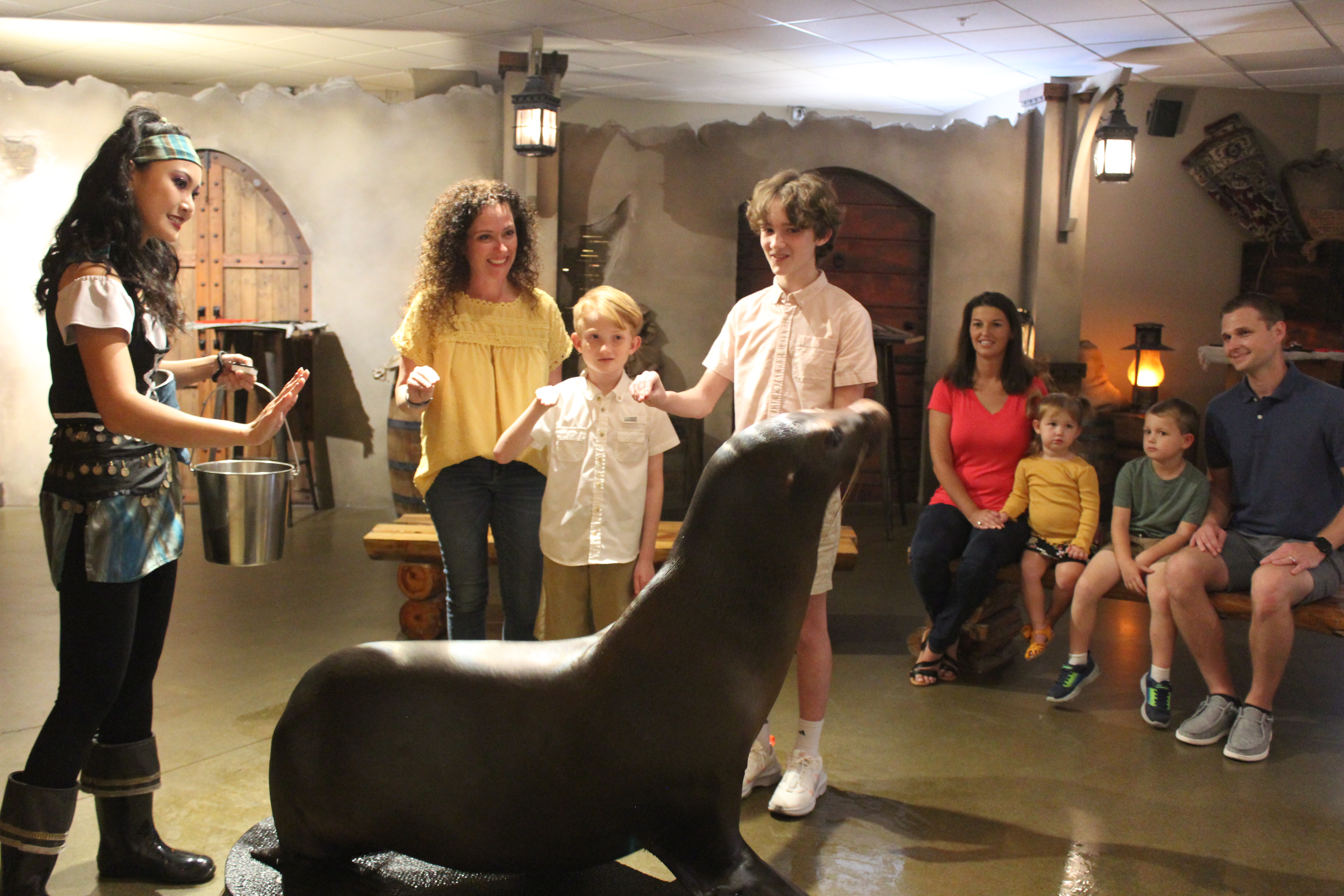 Animal Encounter
Animal Encounter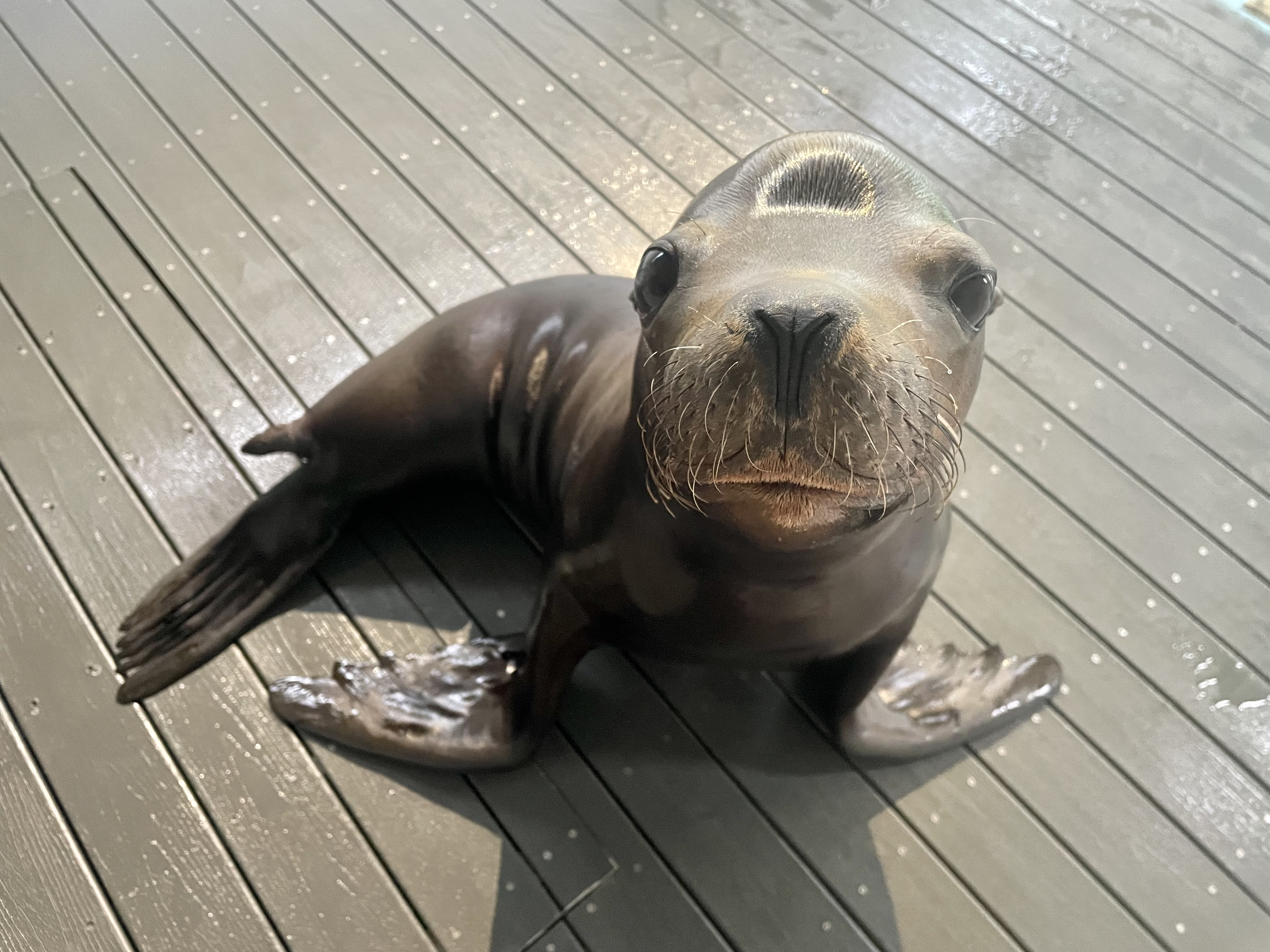 Our Locations
Our Locations
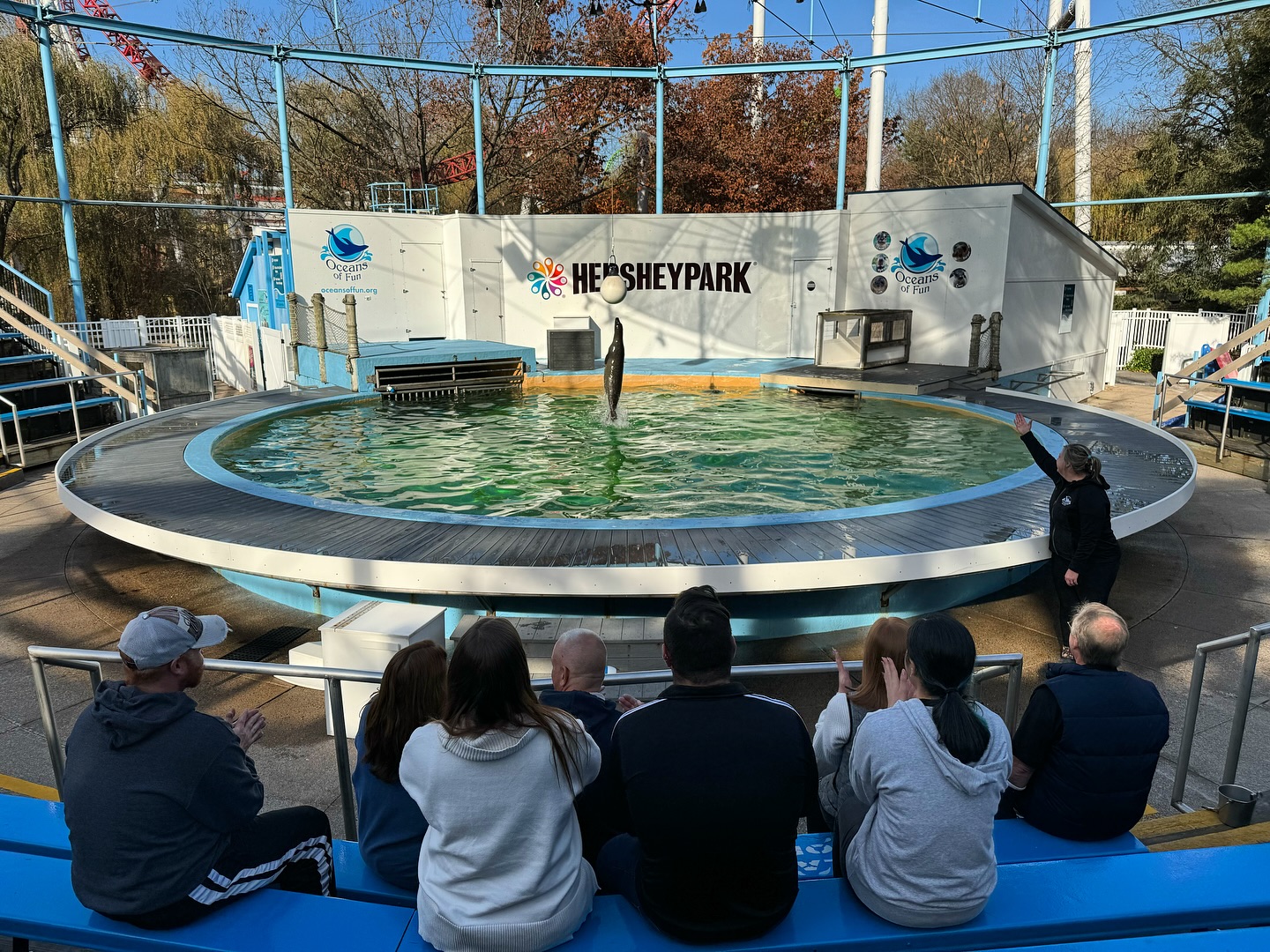 Family Fun
Family Fun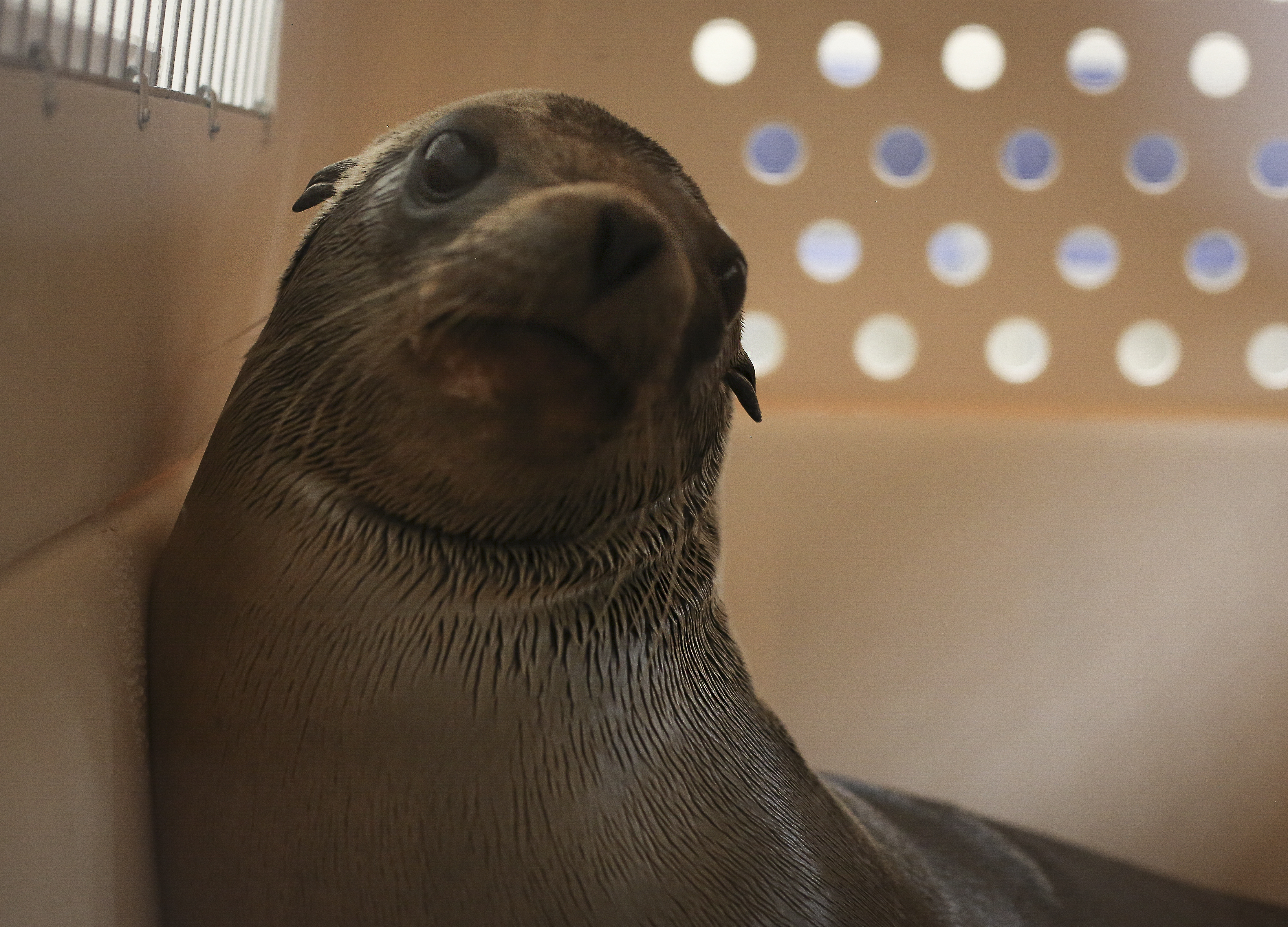
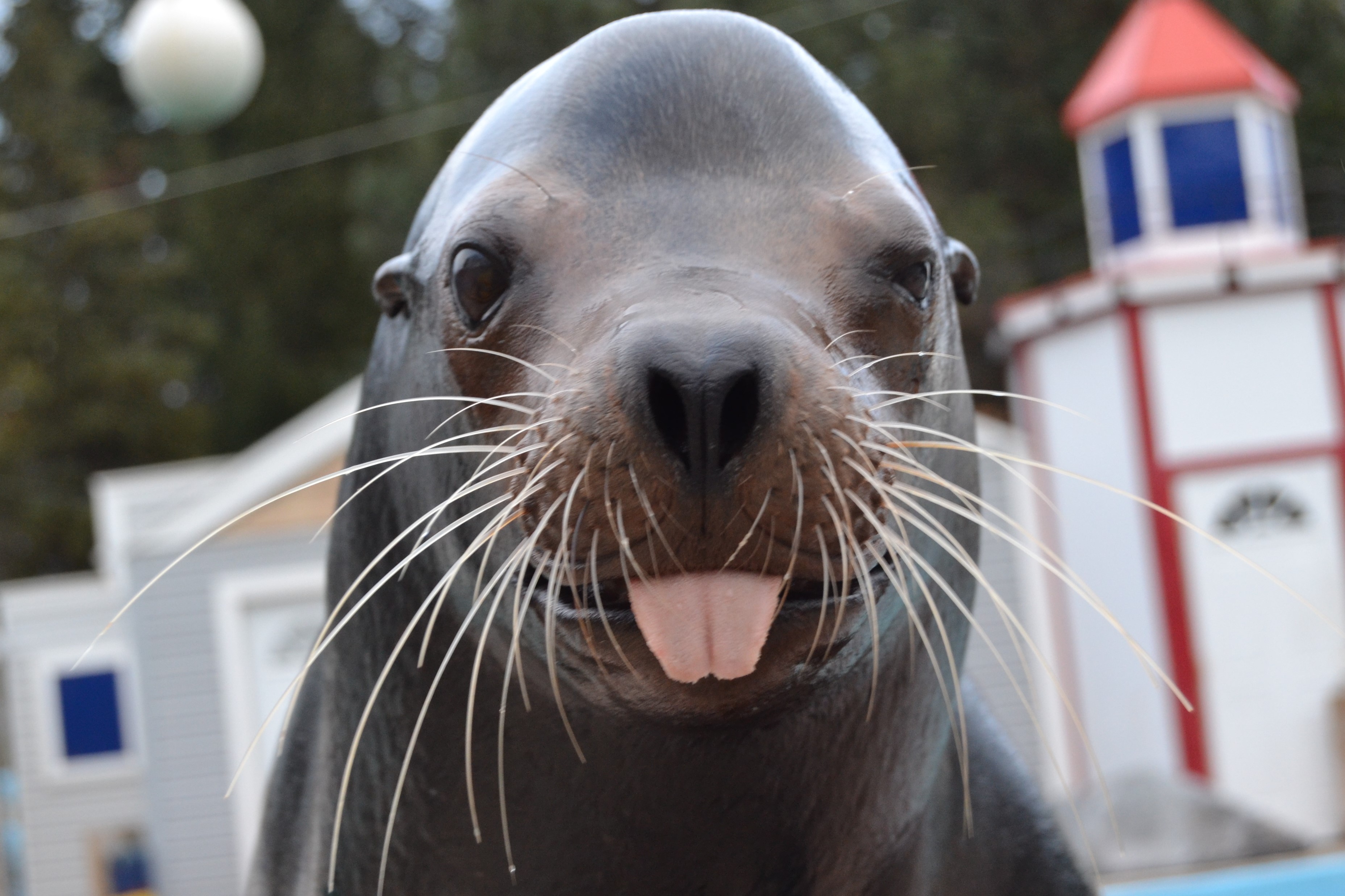
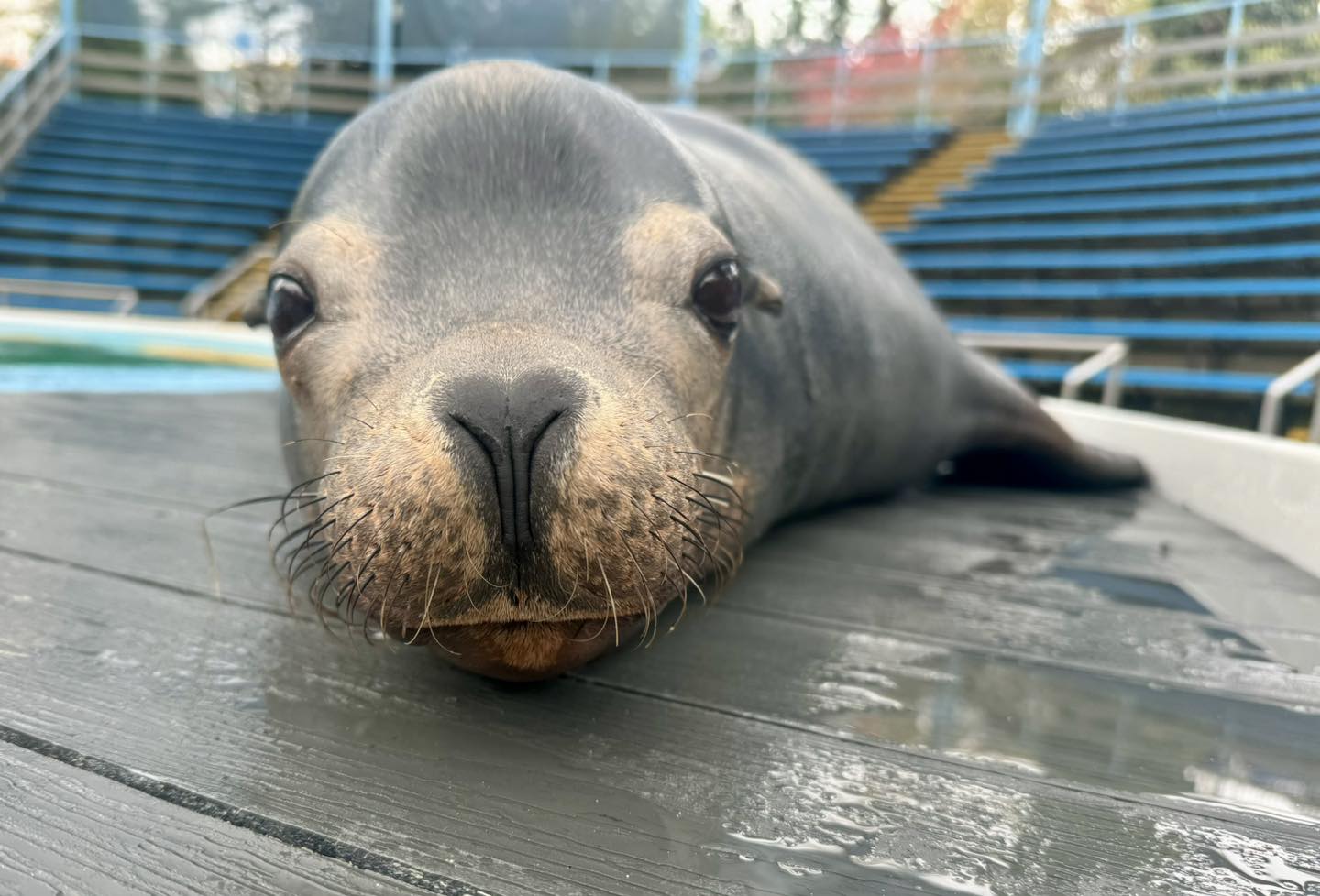 Meet Ripley!
Meet Ripley!
